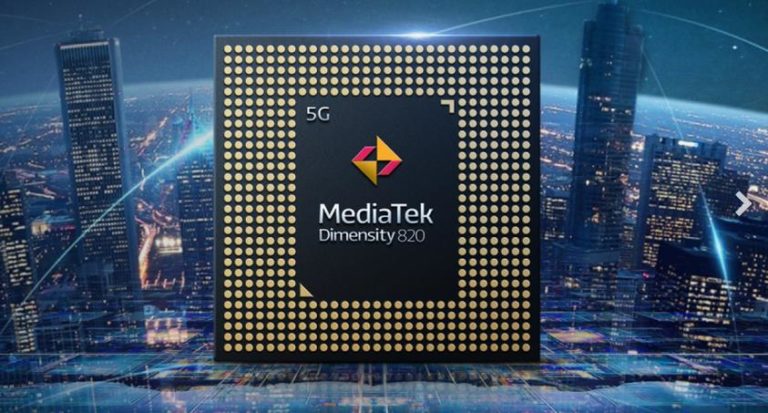Any links to online stores should be assumed to be affiliates. The company or PR agency provides all or most review samples. They have no control over my content, and I provide my honest opinion.
Qualcomm has taken the wraps off their latest 5G modem which will feature in phones at some point in the future. The new Snapdragon X60 is based on the 5nm fabrication process supports carrier aggregation between Sub-6 and mmWave, and offers up to 7.5 Gbps download speeds.
Time scales with 5G modem run a little slower than normal the time between the initial announcement of the first generation X50 and it actually launching into consumer devices being around two years. The X55 was announced this time last year, so there is a good chance we will see it on the Qualcomm Snapdragon 875.
So you don’t have to worry about your brand new Samsung Galaxy S20 or Xiaomi Mi 10 being out of date just yet.
So how does the new modem differ from the Snapdragon X55 found in this year’s phones using the Qualcomm Snapdragon 865?
The reduction in the fabrication process from 7nm down to 5nm helps with power efficiency, they haven’t said who will make the new modem, TSMC are only in the testing phase for 5nm
he new chipset supports carrier aggregation (widely used by 4G networks) to boost 5G speeds and spectrum efficiency. 5G carrier aggregation is supported both for spectrum blocks on traditional, sub-6GHz, spectrum bands. Qualcomm claims this can double sub-6 speeds, and for blocks split between sub-6 spectrum and higher-frequency, millimetre-wave (mmWave) bands.

It can handle voice calls on networks supporting the 5G NR air interface, which in turn paves the way for 5G networks to be run on a standalone basis.
The X60 now supports Qualcomm’s latest QTM535 mmWave module. It’s a thinner, more compact design than its QTM527 predecessor. This will lead to thinner 5G smartphones, leaving more room for much-needed battery capacity. The QTM535 supports 26GHz, 28GHz, and 39GHz mmWave bands.
Peak download and upload speeds have only increased marginally with 7.5Gbps and 3Gbps compared to 7Gbps and 3Gbps, but the carrier aggregation will likely improve real-life speeds more frequently.
I am James, a UK-based tech enthusiast and the Editor and Owner of Mighty Gadget, which I’ve proudly run since 2007. Passionate about all things technology, my expertise spans from computers and networking to mobile, wearables, and smart home devices.
As a fitness fanatic who loves running and cycling, I also have a keen interest in fitness-related technology, and I take every opportunity to cover this niche on my blog. My diverse interests allow me to bring a unique perspective to tech blogging, merging lifestyle, fitness, and the latest tech trends.
In my academic pursuits, I earned a BSc in Information Systems Design from UCLAN, before advancing my learning with a Master’s Degree in Computing. This advanced study also included Cisco CCNA accreditation, further demonstrating my commitment to understanding and staying ahead of the technology curve.
I’m proud to share that Vuelio has consistently ranked Mighty Gadget as one of the top technology blogs in the UK. With my dedication to technology and drive to share my insights, I aim to continue providing my readers with engaging and informative content.







